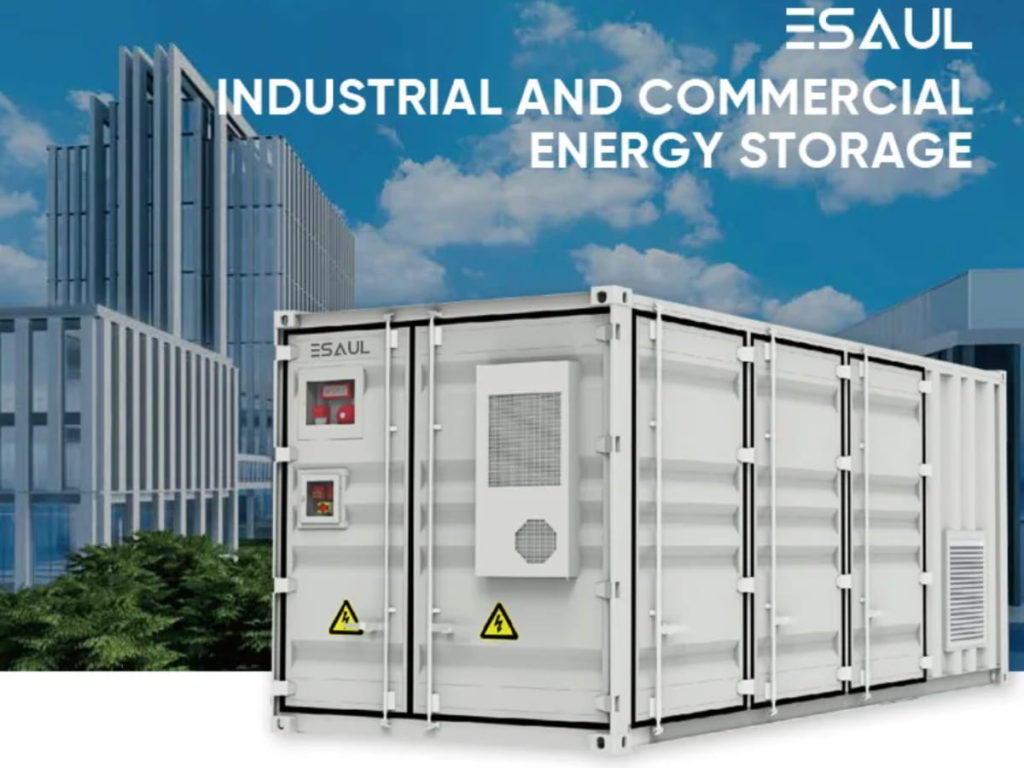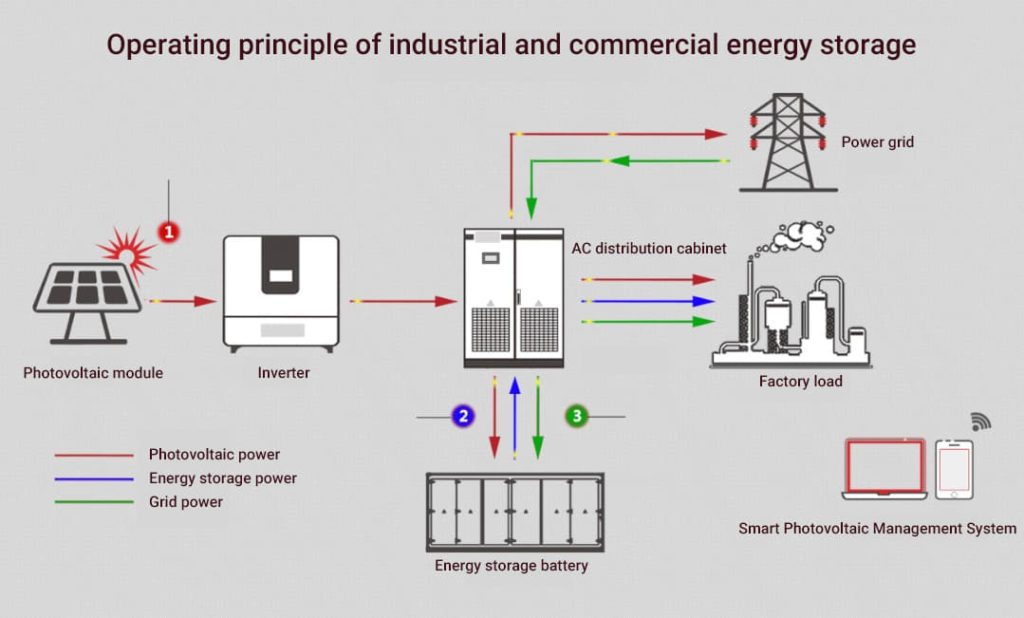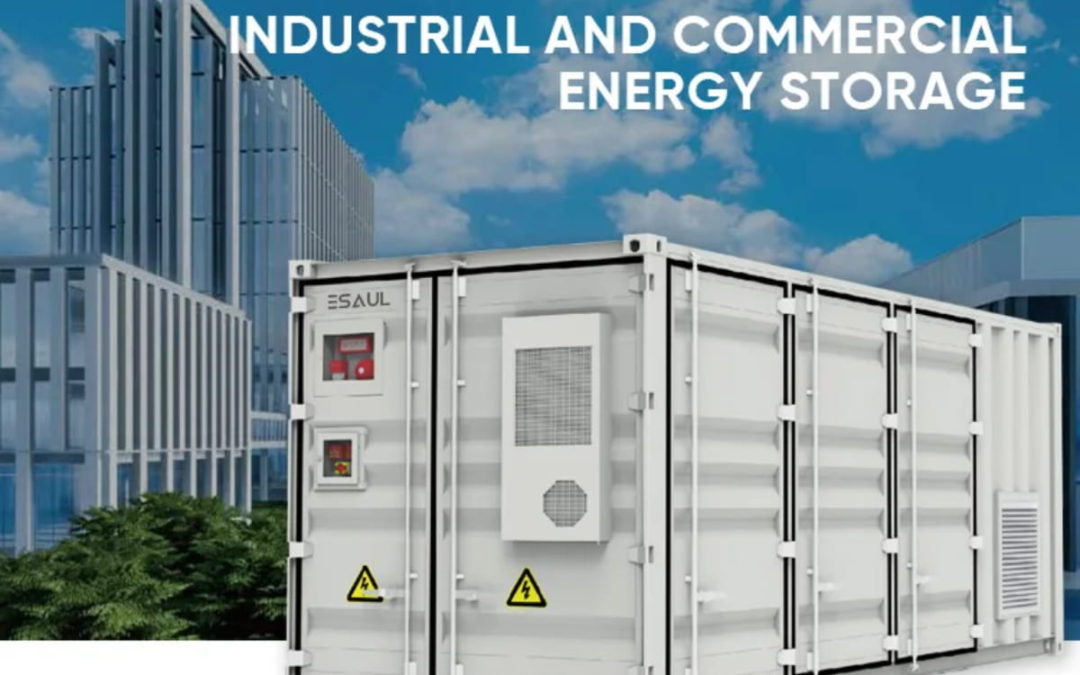Types of energy storage methods.

Energy storage methods can be divided into two categories: centralized and distributed. To simplify the understanding, the so-called “centralized energy storage” means “put all eggs in one basket”, and fill a huge container with energy storage batteries to achieve the purpose of energy storage; “distributed energy storage” means “an egg put in one basket”, the huge energy storage equipment is divided into several modules, and energy storage equipment with corresponding capacity is configured according to the actual application requirements during deployment. Distributed energy storage, sometimes called user-side energy storage, emphasizes the usage scenarios of energy storage. In addition to user-side energy storage, there are more well-known power-side and grid-side energy storage. Industrial and commercial owners and household users are the two core customer groups of user-side energy storage, and their main purpose of using energy storage is to play the functions of power quality, emergency backup, time-of-use electricity price management, and capacity cost. In contrast, the power side mainly solves new energy consumption, smooth output and frequency regulation; while the power grid side mainly solves auxiliary services for peak regulation and frequency regulation, alleviates line congestion, backup power supply and black start.
Why are distributed energy storage devices more popular with industrial and commercial users?
From the perspective of installation and commissioning, due to the relatively large power of container equipment, power outages are required when deploying at the customer’s site. In order not to affect the normal operation of factories or commercial buildings, energy storage equipment manufacturers need to construct at night, and the construction period will be lengthened. The cost is also increased accordingly, but the deployment of distributed energy storage is more flexible and the cost is lower. Furthermore, the utilization efficiency of distributed energy storage equipment is higher. The output power of a large container energy storage device is basically around 500 kilowatts, and the rated input power of most transformers in the industrial and commercial fields is 630 kilowatts. This means that after the centralized energy storage device is connected, it basically covers the entire capacity of a transformer, while the load of a normal transformer is generally 40%-50%, which is equivalent to a 500-kilowatt device, which actually only uses 200- 300 kilowatts, causing a lot of waste. Distributed energy storage can divide every 100 kilowatts into a module, and deploy a corresponding number of modules according to the actual needs of customers, so that the equipment will be more fully utilized. For factories, industrial parks, charging stations, commercial buildings, data centers, etc., distributed energy storage is just needed. They mainly have three types of needs: first, the cost reduction of high energy consumption scenarios. Electricity is a large cost item for industry and commerce. The cost of electricity for data centers accounts for 60%-70% of operating costs. As the peak-to-valley difference in electricity prices widens, these companies will be able to significantly reduce electricity costs by shifting peaks to fill valleys. The second is the integration of solar and storage to increase the proportion of green power usage. The carbon tariff imposed by the European Union will cause major domestic industries to face a large cost increase when they enter the European market. Every link in the production system of the industrial chain will have a demand for green electricity, and the cost of purchasing green electricity is not small, so a large number of external The factory is building “distributed photovoltaic + distributed energy storage” by itself. The last is transformer expansion, which is mainly used in charging piles, especially super fast charging piles and factory scenes. In 2012, the charging power of new energy vehicle charging piles was 60 kW, and it has basically increased to 120 kW at present, and it is moving towards 360 kW super fast charging. Pile direction development. Under this charging power, ordinary supermarkets or charging stations do not have redundant transformers available at the grid level, because it involves the expansion of the grid transformer, so it needs to be replaced by energy storage. When the electricity price is low, the energy storage system is charged; when the electricity price is high, the energy storage system is discharged. In this way, users can take advantage of the difference in peak and valley electricity prices for arbitrage. Users reduce the cost of electricity consumption, and the power grid also reduces the pressure of real-time power balance. This is the basic logic that markets and policies in various places promote the user-side energy storage.

The benefits brought by industrial and commercial energy storage to enterprises.
Energy storage systems can store energy when energy prices are low and release energy when prices are high. This stored and released energy can help enterprises reduce energy costs and improve corporate profitability. Improve energy utilization efficiency: Energy storage systems can help companies make better use of clean energy, such as solar energy and wind energy, and reduce their dependence on traditional energy sources. In addition, the energy storage system can also store and release energy, making energy utilization more efficient. This will not only reduce the energy consumption of the enterprise, reduce the energy expenditure of the enterprise, but also help protect the environment. Improve corporate competitiveness: Energy storage systems can help companies optimize energy management, improve energy utilization efficiency, reduce carbon emissions, and comply with government environmental protection policies. This will not only improve the market competitiveness of the enterprise, but also improve the brand image and public image of the enterprise. Investment income: With the promotion of national policies and the popularization of clean energy, the market prospect of energy storage systems is broad. If enterprises invest in the field of energy storage, they are expected to obtain a good return on investment and long-term benefits. In short, the good news of industrial and commercial energy storage for enterprises includes the reduction of energy costs, the improvement of energy utilization efficiency, the improvement of enterprise competitiveness and the increase of investment income and so on. These advantages are expected to bring more business opportunities and room for growth to the enterprise, and at the same time help to achieve the sustainable development goals of the enterprise. Our energy storage cabinet adopts advanced distributed technology with a capacity of 215KWH, which can realize functions such as peak shifting and valley filling and dynamic expansion, saving energy costs for your business. Our self-developed EMS energy management system can manage and monitor your energy usage more intelligently, so as to improve energy utilization and reduce energy consumption costs of enterprises. The rack-mounted module architecture allows you to flexibly expand capacity according to your needs, making the energy storage system have higher reliability and availability.
